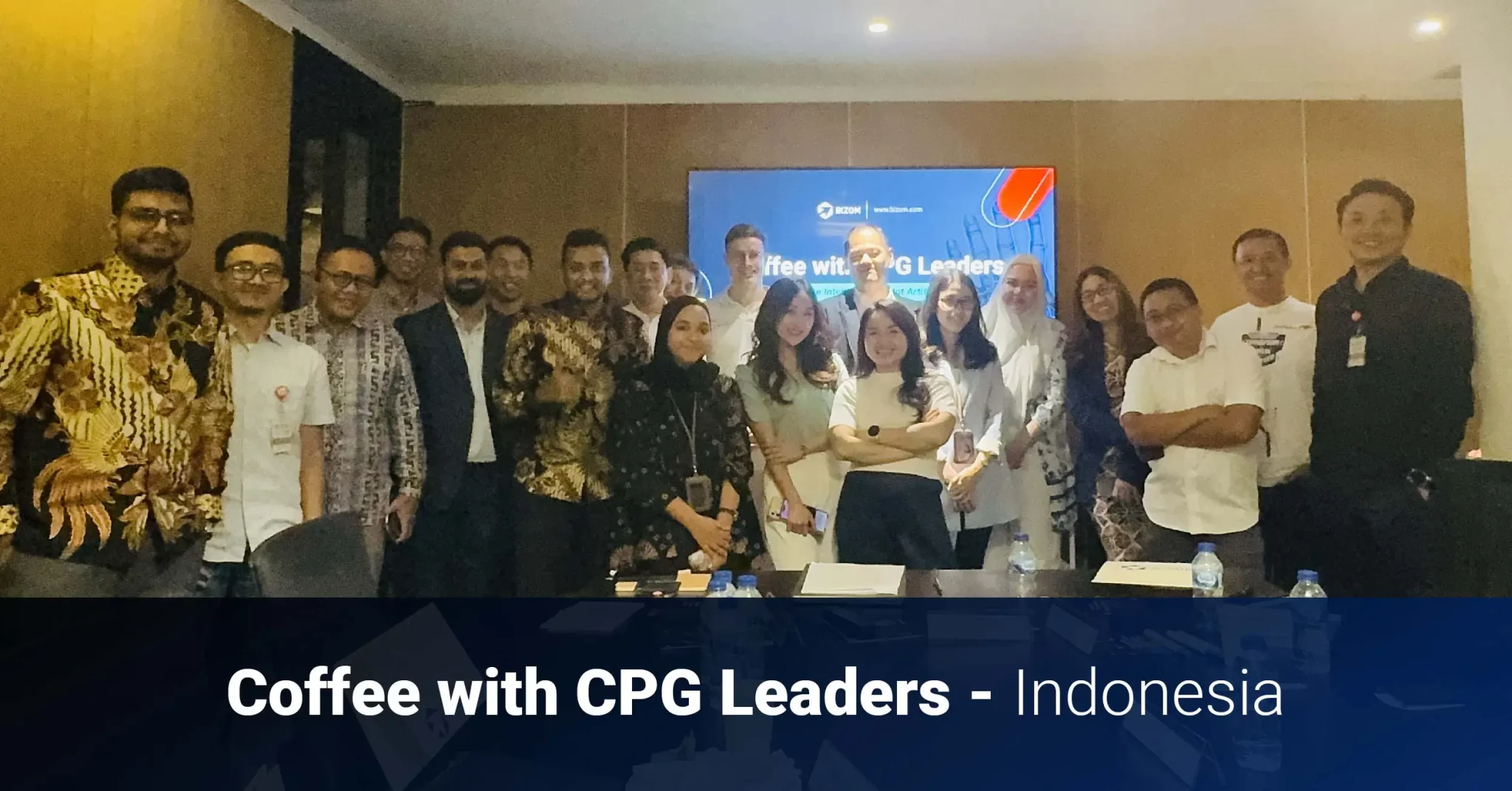3 Capabilities That Are Making Middle East Retailers Massively Successful!
by Mischelle Rebello
May 20, 2021 | 01 min read
Share:

Why are we not surprised? Retailers are rethinking their assortment strategy and stocking fewer SKU units. It will impact brands’ focus SKUs – what to push to retailers and their replenishment cycles. Still, there might be opportunities for brands to up the game of their retailers.
The current economic climate can draw inferences from the Middle East when a few years ago, oil prices dropped, and geopolitical instability caused financial troubles. Then, its retailers relied on three capabilities to restore their markets, which continue to work.
Do you agree with the following three capabilities?
Capability #01: Assortment Optimisation
Create customer-focused assortments rather than supplier-led ones.
Often retailers stock products based on what their suppliers are pushing or have the best margins. Instead, retailers need to focus on their customers’ preferences. Tools like retailer apps can offer consumer insights and best-performing SKUs. These insights can help retailers make assortment decisions that best serve their customers.
An India-based retailer from a tier-2 city created assortments based on customer preferences by reviewing product performances through a brand-enabled retailer app. He removed underperforming SKUs and added high-potential ones. As a result, his sales doubled, and margins improved by 5%.
Capability #02: Supplier negotiations
Data-driven negotiations to ensure margin gains and the best deals for their customers.
Retailers can gain margin improvements of 3-5% by applying data insights during supplier negotiations. Retailers in developing economies need to invest in comprehensive retail analytics and track schemes and discounts to ensure sales and margin growth. It gives them the advantage of creating assortments and stocking products that can most benefit their customers.
Capability #03: Operational spend effectiveness
Optimise operations, selling, and marketing spending to align with high-growth brands.
High-growth brands enable all-around growth for retailers by focusing on their digital transformation. The gains from such a transformation are access to valuable data and insights, enabling retailers to optimize their operational costs and profitability. Retailers tend to perceive such brands as invested in their growth.
By enabling such a transformation for their retailers, brands empower themselves. It gives their category managers more wriggle room to negotiate with suppliers and focus on the success of their retailers. Disrupted supply chains notwithstanding, the global demand for CPG is also back with a vengeance. Let’s make the best of it.



